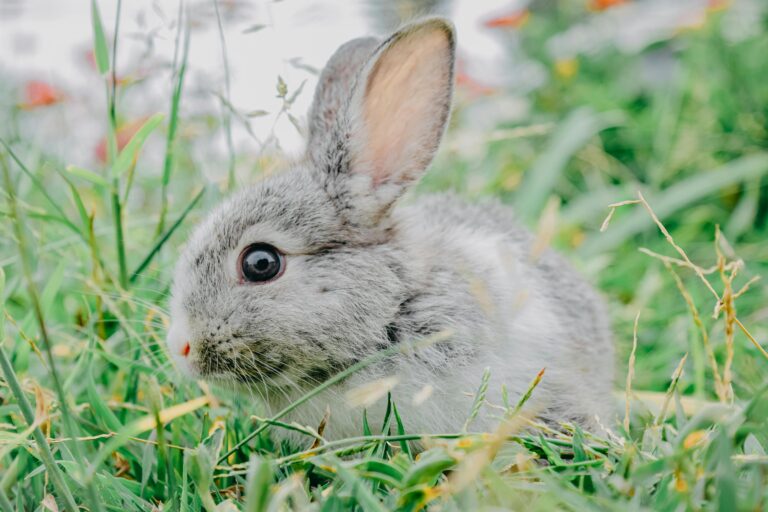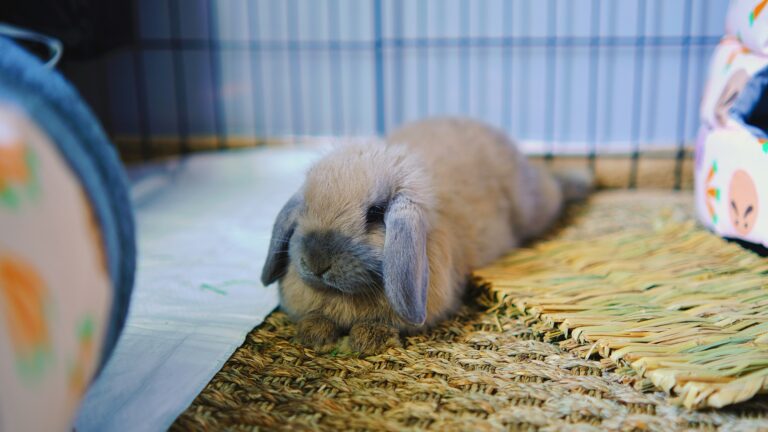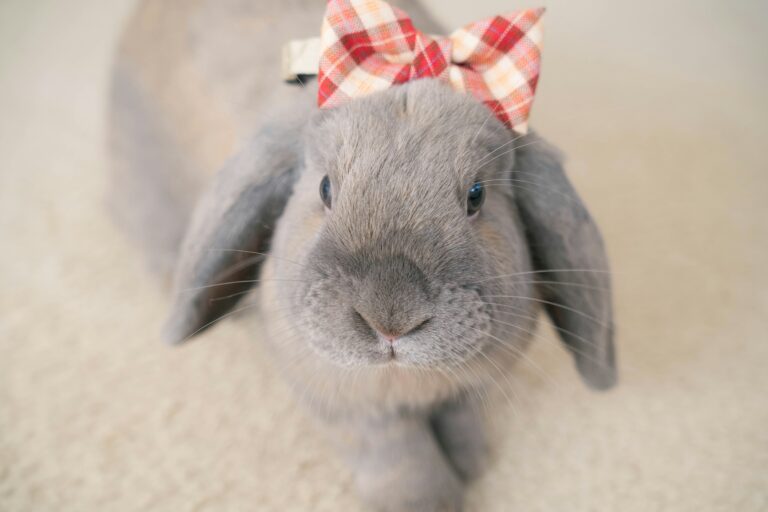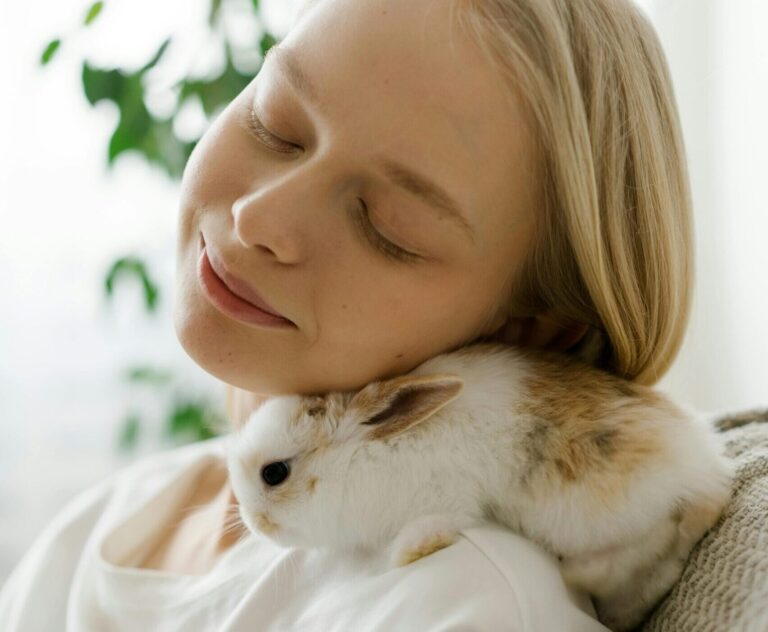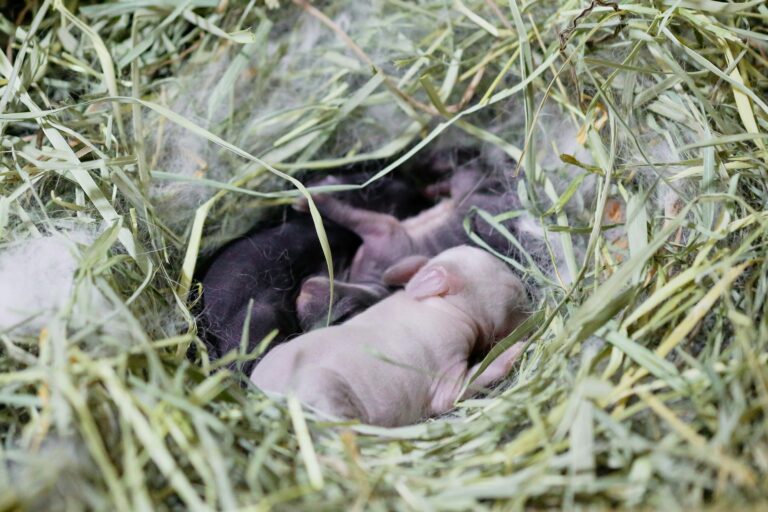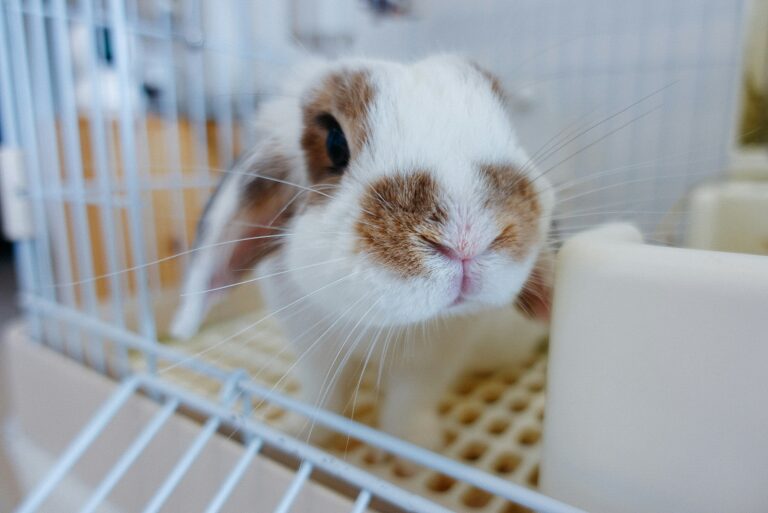Creating a Bunny Haven: A Guide to Rabbit Proofing Your Home
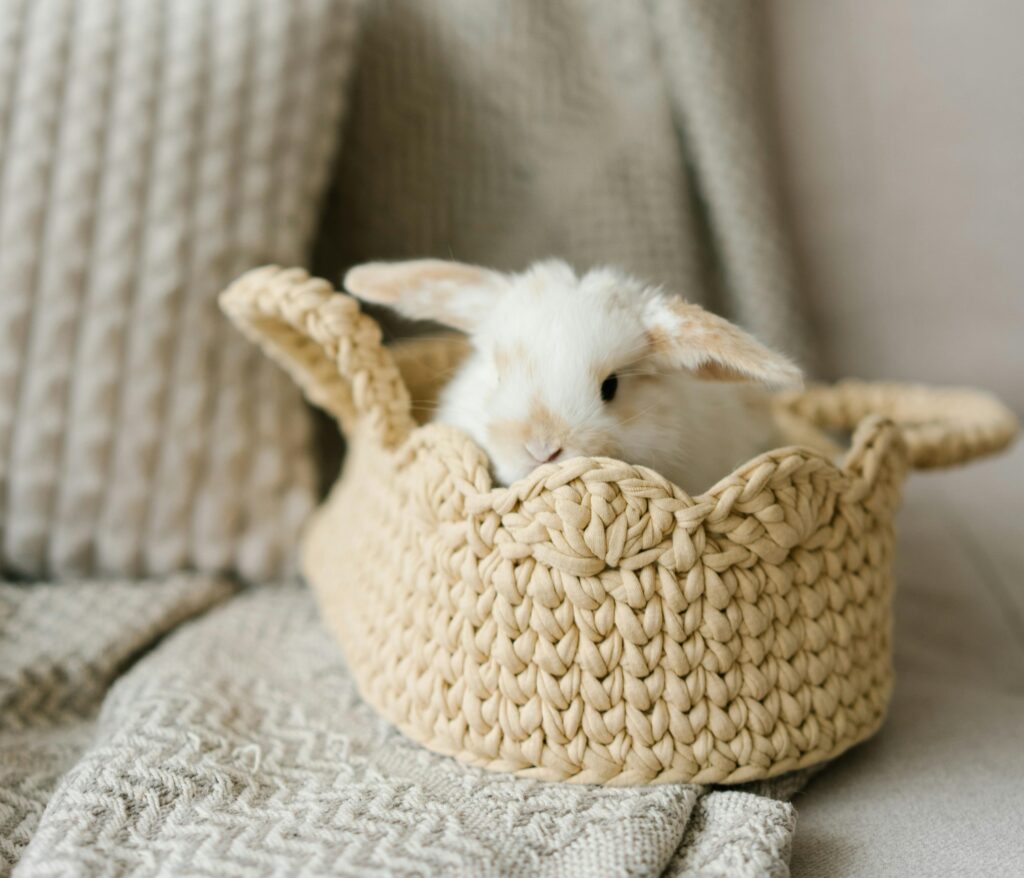
Rabbits are adorable, intelligent, and curious creatures that make wonderful companions!
These cute critters can have a talent for getting into what they shouldn’t, though! Just like you would want to childproof your home if you had a 2 year old running around in it, you should do the same for your bunny if they will be exploring your home.
By taking proactive measures to create a safe and secure environment, you can prevent accidents, protect your belongings, and ensure the well-being of your furry friend.
In this guide, we’ll explore everything you need to know about rabbit proofing your home!
From identifying potential hazards to implementing effective solutions, we’ll cover it all to help you create a bunny haven that’s both enjoyable for your pet and stress-free for you!
They’ll Chew Anything
So why are rabbits so prone to getting into trouble?
For one thing, they’re natural chewers. Seriously, they love munching on anything. To their credit they have a good reason for constantly munching, though! A rabbit’s teeth continuously grow throughout their lives. How quickly do they grow, might you ask? A whopping 1 cm per month! That may not sound like a lot, but when a rabbit doesn’t chew on things to wear their teeth down, the growth can really start to add up. The worst part is when their teeth begin to get overgrown it can become difficult or even painful for a rabbit to chew. This causes it to chew even less, compounding the issue.
Because of all this, rabbits instinctually love chewing – on everything. Wood, cords, your prized possessions, it doesn’t matter to your rabbit because they don’t understand that it’s wrong. This is why your rabbit’s favorite toys will often be chew toys and also why you will want to remove any delicious looking cords or other items from your rabbits presence when they are loose in your living room.
Additionally, rabbits are highly curious animals, and they love to explore their surroundings by sniffing, digging, and investigating anything that piques their interest. Because of this, you’ll want to take care to remove any toxic plants or chemicals from their reach (and they will try getting on their tip toes to reach things).
Keeping all this in mind will help you anticipate potential hazards to your rabbit and might give you some ideas of how to mitigate them!
What Should You Look Out For?
The first step in rabbit proofing your home is to identify potential hazards that could pose a danger to your pet. Like we said earlier, rabbits are experts at finding trouble! So it’s crucial to be thorough when looking for potentially harmful items. Here are some common hazards to look out for:
- Electrical Cords and Wires: Rabbits love to chew on cords and wires, which can lead to electrical shocks and potential fires. Be sure to secure cords and wires out of your rabbit’s reach or use protective covers to prevent chewing.
- Houseplants: Many common houseplants are toxic to rabbits if ingested. Keep houseplants elevated or in areas inaccessible to your pet, and research which plants are safe to have around rabbits.
- Furniture and Woodwork: Rabbits may gnaw on furniture legs, baseboards, and other wooden objects. Consider covering these areas with protective barriers or providing alternative chewing options such as rabbit-safe toys and chew sticks.
- Small Objects: Anything small enough for a rabbit to swallow poses a choking hazard. Keep small objects like coins, buttons, rubber bands, and hair ties out of your rabbit’s reach, and regularly check the floor for potential hazards.
- Household Cleaners and Chemicals: Store household cleaners, chemicals, and other toxic substances in securely locked cabinets or high shelves to prevent accidental ingestion.
- Openings and Hideaways: Rabbits are expert escape artists, so be sure to block off any openings or hideaways where your pet could get stuck or hide out of reach.
What Should You Do Next?
Here are some practical tips for rabbit proofing your living space once you’ve identified potential hazards:
- Cord Management: Use cord protectors, PVC tubing, or cable organizers to cover and secure electrical cords and wires. Alternatively, you can run cords behind furniture or along walls where your rabbit can’t reach them.
- Safe Houseplants: Research rabbit-safe houseplants and keep them in areas inaccessible to your pet. Consider hanging plants from the ceiling or placing them on high shelves.
- Chew Deterrents: Apply bitter-tasting sprays or deterrents to furniture legs and other wooden objects to discourage chewing. You can also provide plenty of rabbit-safe toys and chew sticks to satisfy your pet’s natural chewing instincts.
- Bunny-Proofing Furniture: Cover furniture legs with plastic tubing or other barriers to prevent gnawing. Additionally, you can consider using furniture covers or blankets to protect upholstery from rabbit hair, scratches, and potential bathroom accidents.
- Secure Small Objects: Keep small objects like hair ties, rubber bands, and jewelry in closed containers or drawers out of your rabbit’s reach. Regularly sweep and vacuum the floor to remove any potential hazards.
- Pet-Safe Cleaning Products: Opt for pet-safe cleaning products that are free of harmful chemicals and toxins. Alternatively, you can make your cleaning solutions using natural ingredients like vinegar and baking soda.
- Supervised Playtime: Whenever your rabbit is out of its enclosure, supervise its activities to ensure it stays out of trouble! Create a designated play area free of hazards or use baby gates to restrict access to certain rooms. (Baby gates are a game changer!)
Maintaining a Safe Environment
Rabbit proofing your home is an ongoing process! Make it a habit to regularly inspect your living space for potential hazards and address them before your rabbit has the opportunity to get there first. Additionally, be proactive in providing your rabbit with plenty of toys and entertainment to prevent boredom and destructive behavior before it starts.
Conclusion
While rabbits make fantastic companions, their natural curiosity and chewing habits mean they require a well-prepared environment to keep them safe. Rabbit proofing your home is an important step in ensuring their well-being, preventing accidents, and protecting your belongings. By identifying and addressing potential hazards, you can create a safe and enjoyable space for your furry friend!

